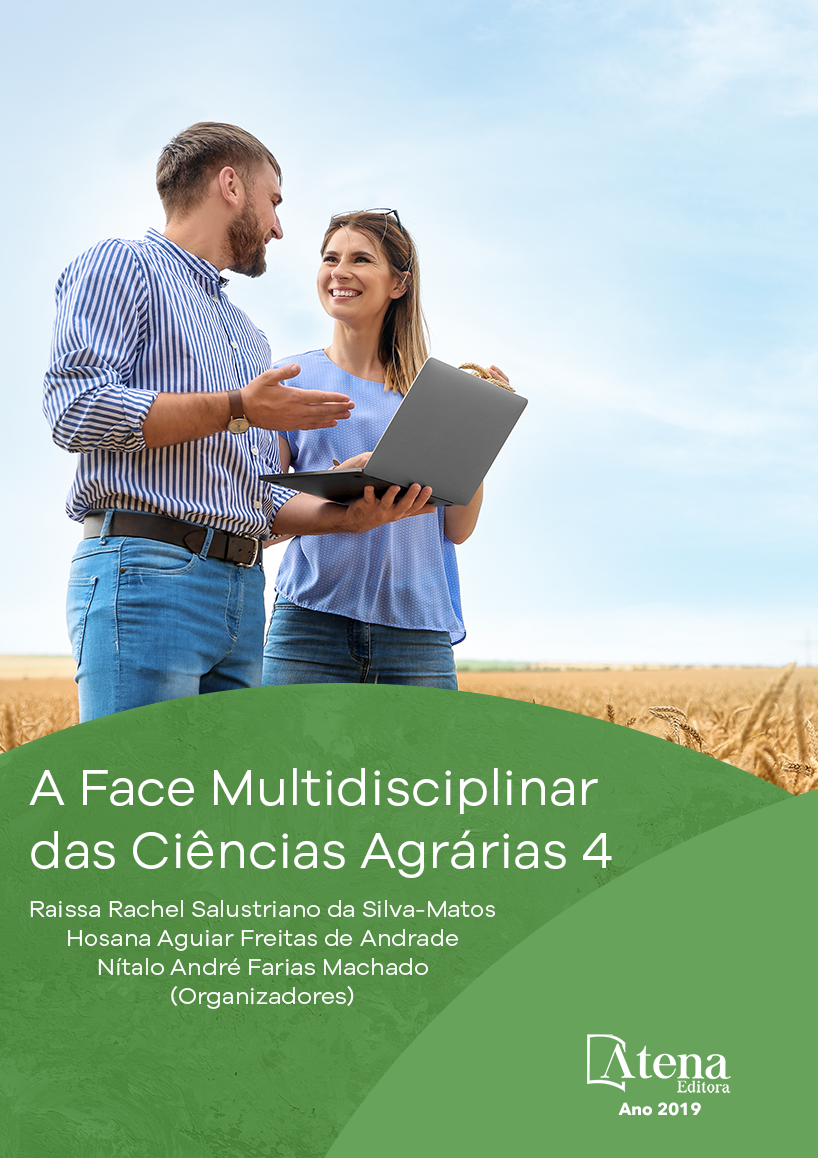
UTILIZAÇÃO DOS RESÍDUOS DE PANIFICAÇÃO NO PROCESSAMENTO DE RAÇÃO ANIMAL PELETIZADA
Micro-organismos em fermentação semissólida foram aplicados em resíduos de panificação (migalhas de pão, bolo, bolachas, farinha de trigo e biscoitos) com o intuito de produzir alimentação animal. O objetivo do trabalho foi peletizar o farelo de resíduos de panificação enriquecido com a levedura visando um produto de alto valor agregado para alimentação animal. O experimento consistiu de quatro tratamentos sendo que o primeiro tratamento é chamado de tratamento controle e ocorre com o resíduo na forma in natura. O segundo tratamento é feito com o resíduo inoculado apenas com a levedura. O terceiro tratamento ocorre com o resíduo inoculado com 2% de levedura e 1% de ureia e por fim o quarto tratamento ocorre com 2% de levedura e 2% de ureia. Os resíduos foram caracterizados na forma in natura e processada com levedura e/ou ureia. Obteve-se resultados proteicos equivalentes a 13,01%; 14,84%; 15,07% e 19,04%, respectivamente. Concluiu-se que o processamento biotecnológico aplicado para o enriquecimento nutricional dos resíduos de panificação foi eficaz na produção ração peletizada animal para ser utilizada na época de escassez de alimentos em qualquer região do país.
UTILIZAÇÃO DOS RESÍDUOS DE PANIFICAÇÃO NO PROCESSAMENTO DE RAÇÃO ANIMAL PELETIZADA
-
Palavras-chave: Caracterização química, peletização, ruminantes, monogástricos
-
Keywords: Chemical characterization, pelletizing, ruminant, monogastric.
-
Abstract:
Micro-organisms in semi-solid fermentation were applied in baking residues (bread crumbs, cake, crackers, wheat flour and biscuits) in order to produce animal feed. The objective of the work was to pelletize the bran of bakery’s residues that was enriched with yeast to obtain a high added value product for animal feed. The experiment consisted of four treatments and the first treatment is called control treatment. It occurs with the residue in the in natura form. The second treatment is realized with the residue inoculated only with the yeast. The third treatment occurs with the residue inoculated with 2% yeast and 1% urea and finally the fourth treatment occurs with 2% yeast and 2% urea. The residues were characterized in in natura form and processed with yeast and/or urea. The protein results were equivalent to 13.01%; 14.84%; 15.07% and 19.04%, respectively. It was concluded that the biotechnological processing applied to the nutritional enrichment of the bakery residues was effective in the production of pelleted animal feed to be used in the time of food shortage in any region of the country.
-
Número de páginas: 12
- EMERSON MOREIRA AGUIAR
- Lúcia de Fátima Araújo


